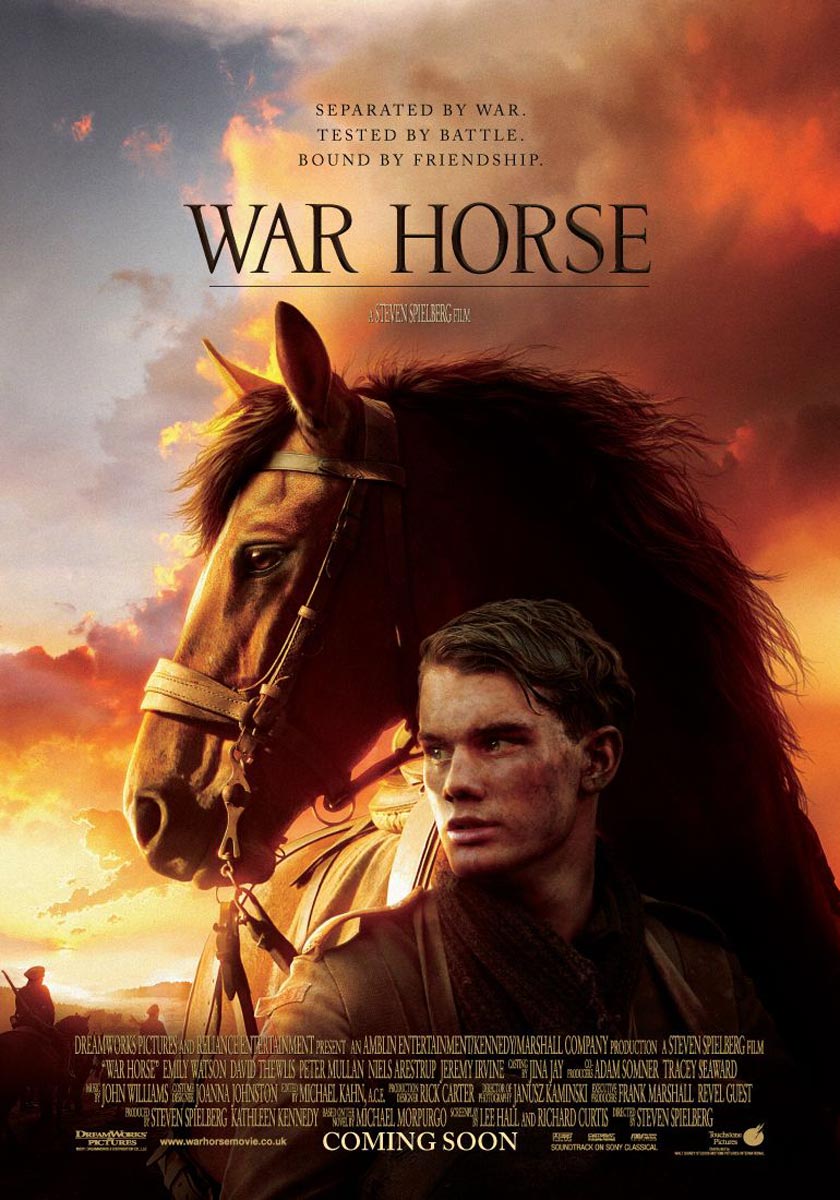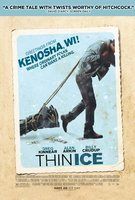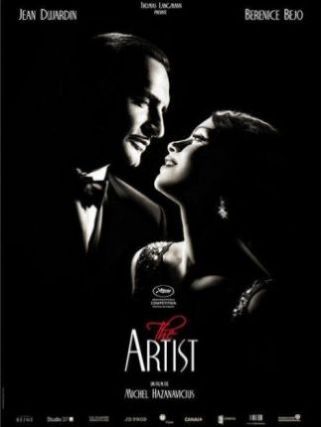
This week in my movie class, we saw the drama “Another Happy Day”, with an ensemble cast starring Ellen Barkin (who was also a co-producer), Ellen Burstyn, Kate Bosworth, Demi Moore, Thomas Haden Church and George Kennedy.
Synopsis
When a woman attends a family reunion for her son’s wedding, everyone immediately begins fighting – but on the day of the wedding, will they be able to control their feelings and behavior or will it be completely ruined?
Story
Lynn (Barkin) really has her hands full – driving her difficult two youngest sons to Annapolis in order to attend the wedding of Dylan, her eldest son, she’s just barely able to hold it together during the lengthy trek. Worried that the family will learn of her teenage son Elliot’s stay in rehab, she convinces him to lie and tell the family he was traveling in Sweden. Putting up with youngest son Ben’s amateur videographer hobby, she’s somewhat embarrassed by the fact that his initial diagnosis of Asperger’s Syndrome was later identified as autism. Upon arrival at her destination, Lynn immediately steps right into the middle of a crisis when she sees an ambulance parked outside her parents’ home in response to a call from her mother, Doris (Burstyn) to tend to Lynn’s father (Kennedy), who has been in failing health for quite some time now.
Once he’s stabilized, the family dynamic soon plays itself out as if no time had passed – the relatives taunting each other because they know far too well what will push the buttons of any given family member. Pain and insensitivity to others almost seems to be the way the family bonds. Much to her chagrin, Lynn learns that Doris has invited her ex-husband Paul (Church) to the wedding because he is Dylan’s father. Dismayed by this because she feels somewhat betrayed by her mother, matters are further complicated for Lynn because this will dredge up some unresolved issues between her and Paul – especially when he brings his beautiful, sexy wife (Moore), who equally resents Lynn’s presence because it was she and not Lynn who raised Dylan.
Confined in this space over the course of the weekend, Lynn is now forced to deal with both Paul and his increasingly bitchy wife, in addition to the rest of the family. It eventually comes out that when Lynn’s marriage with Paul ended, Dylan went to live with Paul and his wife; because she brought up Dylan due to Lynn’s inadequate mothering skills, she believes that Lynn shouldn’t even be identified as Dylan’s mother. To make matters worse, Elliot is still struggling with his substance abuse issues by getting high off his sickly grandfather’s prescription medication and although Lynn’s daughter Alice (Bosworth) finally shows up, she brings her own mental issues with her and is forced to hide from her family the fact that she’s obsessed with “cutting”, the act of slicing her skin with sharp objects as a way of dealing with her pain. With all of this occurring simultaneously, will Dylan and his bride be embarrassed by his family at the wedding or can they keep themselves in check just for his sake?
Review
With the ensemble cast that included many familiar names and faces, my expectations for this movie were set pretty high. Once our instructor told us that “Another Happy Day” won the award at the Sundance festival for Best Screenplay, my anticipation soared even higher. It was with great disappointment, then, when I found the film to be sorely lacking on several levels, making me wonder what the judges were thinking when they voted the award to the writer. For one thing, much of the first act is spent bludgeoning the viewer with exposition in very obvious ways. Also, there were quite a few contrivances which seemed to be done just to force the story to lurch forward – for example, everyone in this family apparently believes that it’s perfectly acceptable to barge into someone’s bedroom or bathroom without knocking. Or at least so the screenwriter would have you believe. Was “Another Happy Day” done a disservice when the instructor suggested we were about to view a film with such a whopping good script? Perhaps. But I would like to think that I would’ve picked up on such things even if I hadn’t been so over-sold on the movie.
Another way in which the script – and ultimately, the movie – didn’t work for me was the fact that it felt incredibly off-balance as far as the characters were concerned. Lynn, for example, is supposed to be the protagonist, yet in so many ways, I found her to be very unsympathetic in this role. Very often in movie-speak, you’ll hear people talk about a character’s “arc” – Did the protagonist change by the end of the movie – and if so, how? Generally, it is believed that with better movies, the protagonist must change (although an argument can be made that there have been certain exceptions). If this is to be believed, then the movie also fails because Lynn does not change – at least not enough in my estimation. She starts out fairly broken and by the end, seems to still be that way. Except that the character of Alice enters the story late and has very few scenes, it could be suggested that she is the protagonist based on the fact that her character is the strongest and undergoes the most profound changes.
After the screening, our instructor first interviewed writer/director Sam Levinson, then the movie’s star and co-producer, Ellen Barkin. Levinson, only 26, is the son of filmmaker Barry Levinson; although having a track record as a writer, “Another Happy Day” marks his directorial debut. He said that he wrote the screenplay when he was just 22, then spent three years trying to get the movie made. Levinson told the story that once having written the script, he began sending it around in the hope that someone would be interested in making the movie; instead, he got offered more writing jobs to help doctor others’ scripts. Some time later, however, producers gained interest and Barkin quickly became attached to the project. During Barkin’s interview, she mentioned that at the age of 57, she was easily able to relate to the character of Lynn when she first read the script because she is a mother of similarly aged children. Barkin maintained that she was able to connect to the character via Lynn’s flawed but sincere efforts at motherhood. Of Levinson, Barkin said that he was very generous and supportive of the actors, but at all times made it very clear that once on set, there was only one boss – and that was him.






























